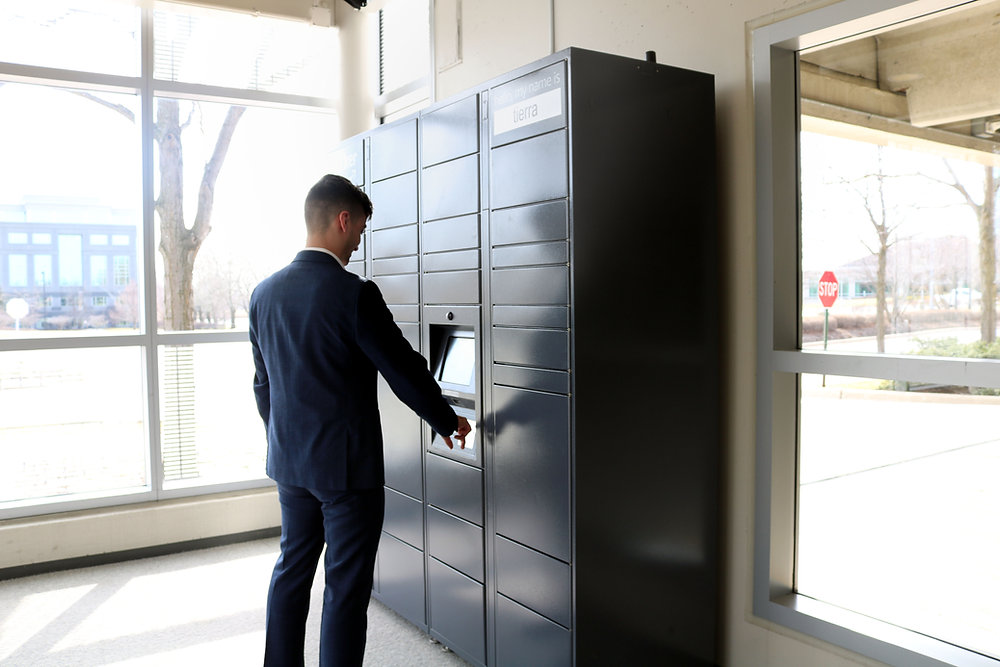Smart lockers are becoming increasingly popular in universities due to their convenience and enhanced security features. These modern storage solutions offer a range of security measures to ensure the safety of students’ belongings. Here are some of the key security features commonly offered by smart lockers for universities:
- Biometric Authentication: Many smart lockers for universities are equipped with biometric authentication systems such as fingerprint scanners. This technology ensures that only authorized users can access the lockers, adding an extra layer of security beyond traditional key or code-based systems.
- PIN Code Access: In addition to biometric authentication, smart lockers often allow users to access their lockers using a personal identification number (PIN). This provides flexibility for users who may prefer not to use biometric authentication or in case of technical issues with biometric scanners.
- RFID Technology: Radio-frequency identification (RFID) technology is commonly integrated into smart lockers to enable secure access control. Each user is provided with an RFID card or tag that they can use to unlock their assigned locker. This technology offers convenience and enhances security by ensuring that only individuals with authorized RFID credentials can access the lockers.
- Real-Time Monitoring: Smart lockers often come with integrated monitoring systems that allow administrators to track locker usage in real-time. This enables them to detect any suspicious activities or unauthorized access attempts promptly. Real-time monitoring also helps administrators identify locker availability and occupancy status, facilitating efficient management of locker resources.

- Remote Management: Many smart locker systems offer remote management capabilities, allowing administrators to control locker access and settings remotely. This feature is particularly useful for handling administrative tasks such as assigning lockers to users, resetting access credentials, or updating locker configurations without the need for physical intervention.
- Tamper Detection: Smart lockers are designed to detect and deter tampering or forced entry attempts. They may be equipped with sensors that trigger alarms or notifications in response to unauthorized access or tampering, alerting administrators to potential security breaches.
- Secure Enclosures: Smart lockers are typically constructed with durable materials and equipped with robust locking mechanisms to ensure the security of stored items. Reinforced enclosures and tamper-resistant locks help prevent unauthorized access and protect against theft or vandalism.
- Audit Trails: Many smart locker systems maintain detailed audit trails that record access events, including timestamps and user identities. These audit trails serve as valuable security tools, allowing administrators to review access logs and investigate security incidents or disputes effectively.









